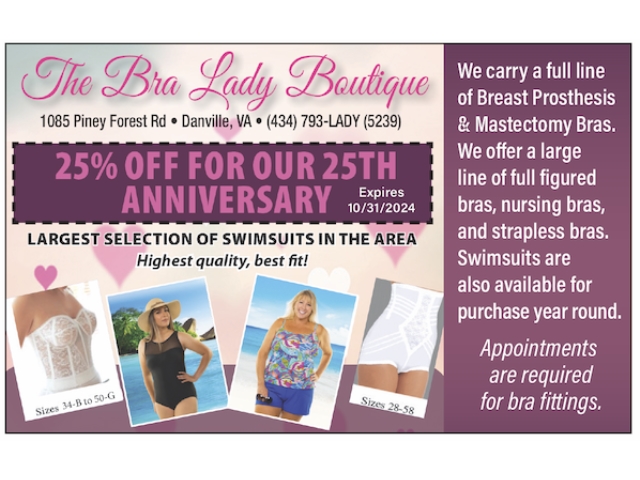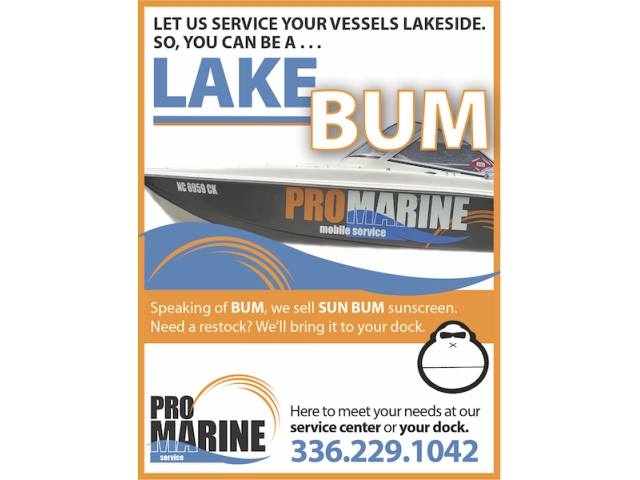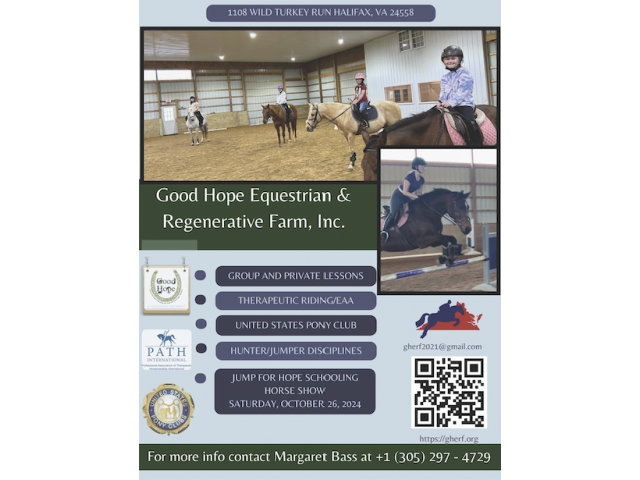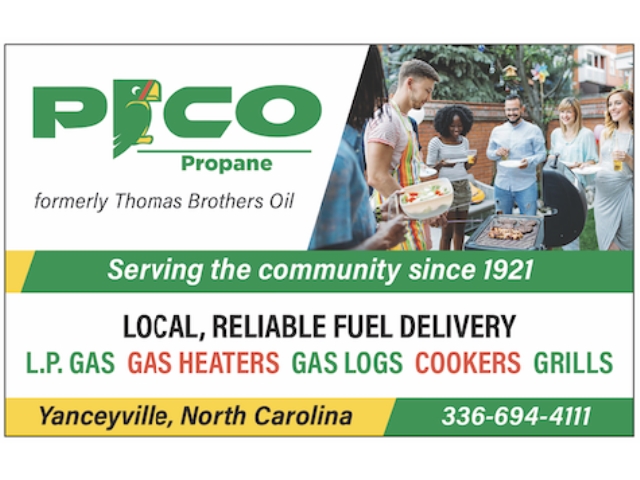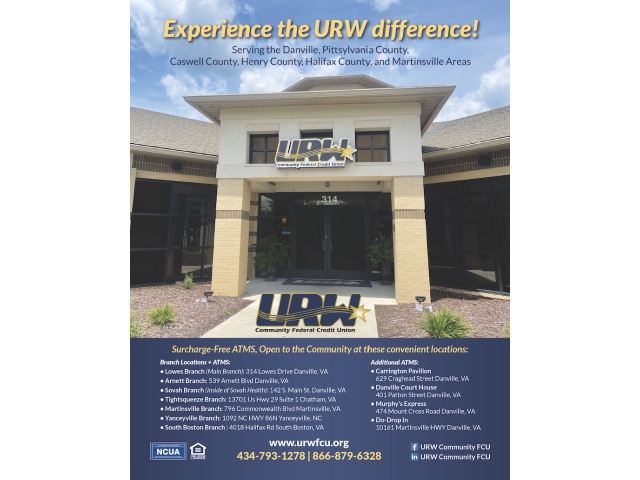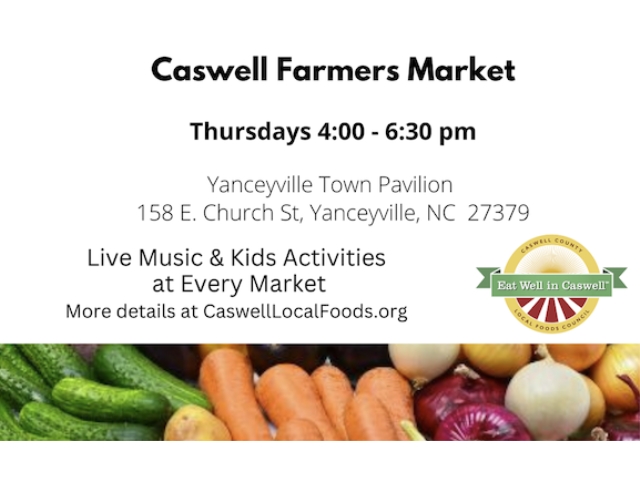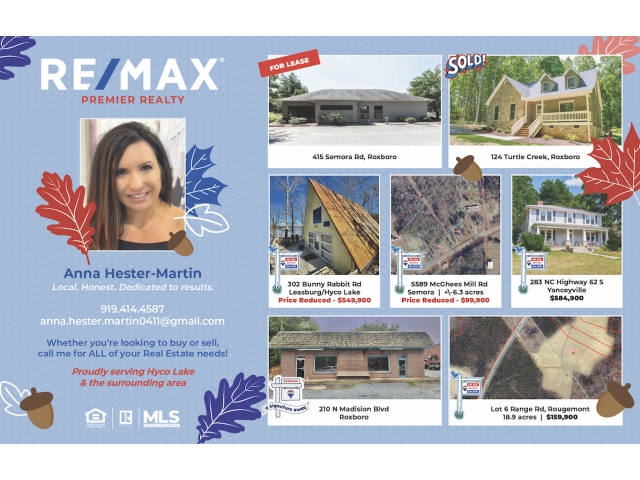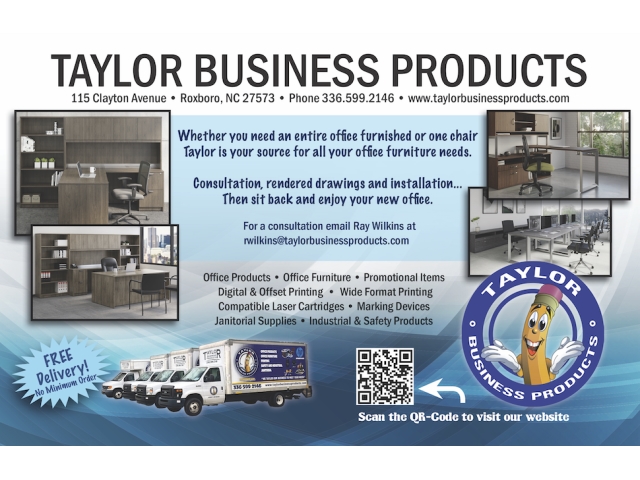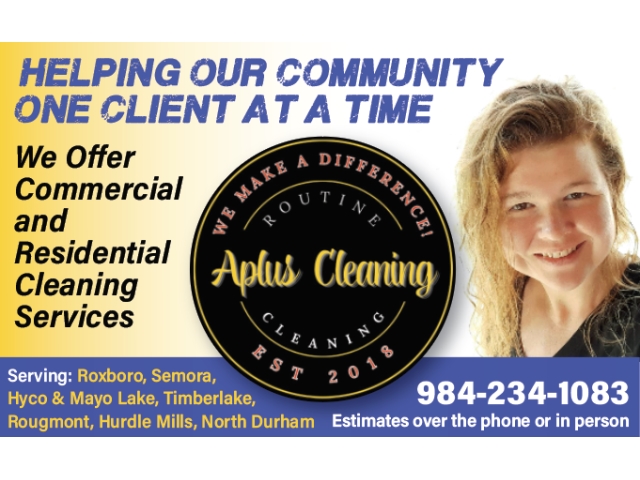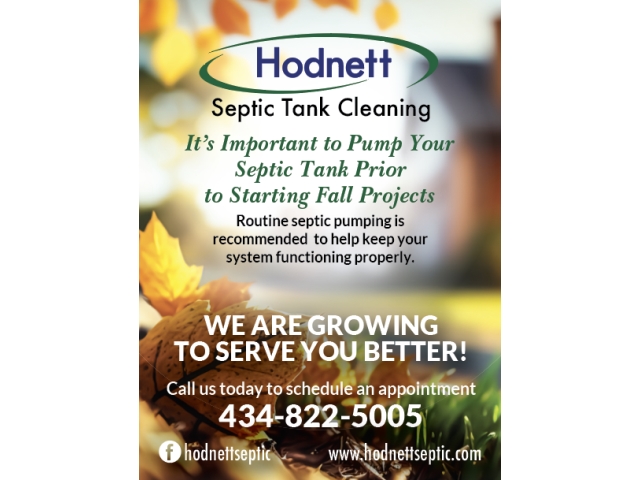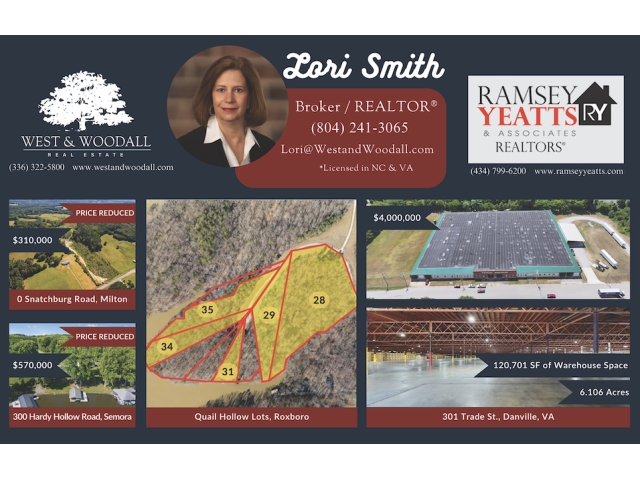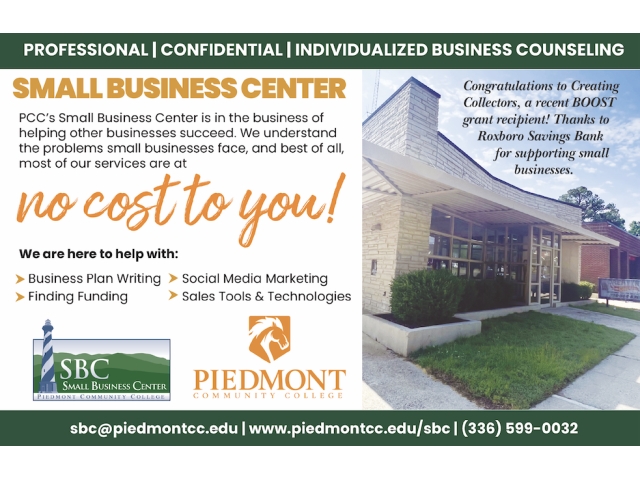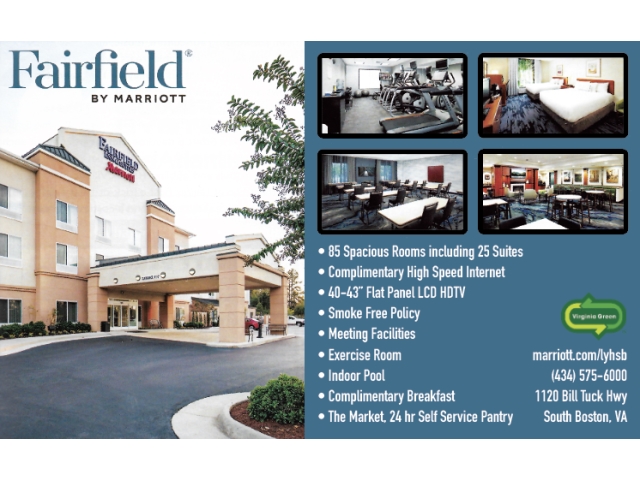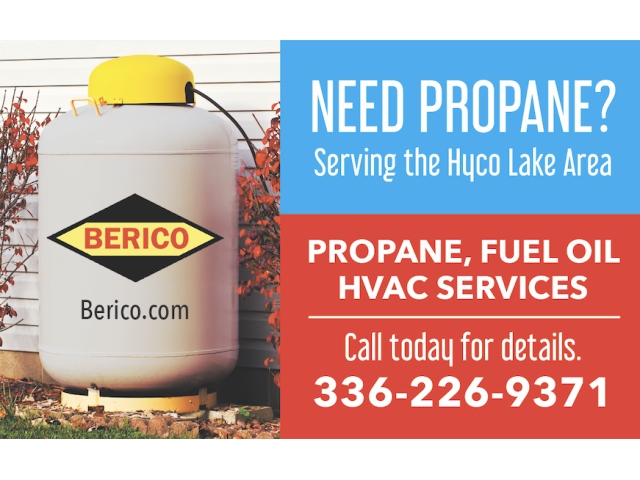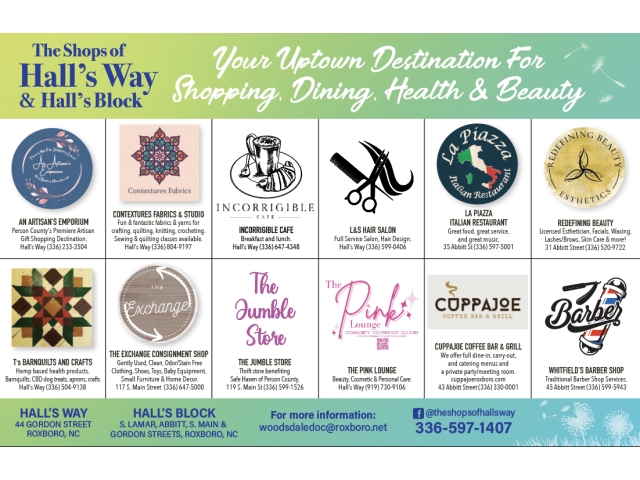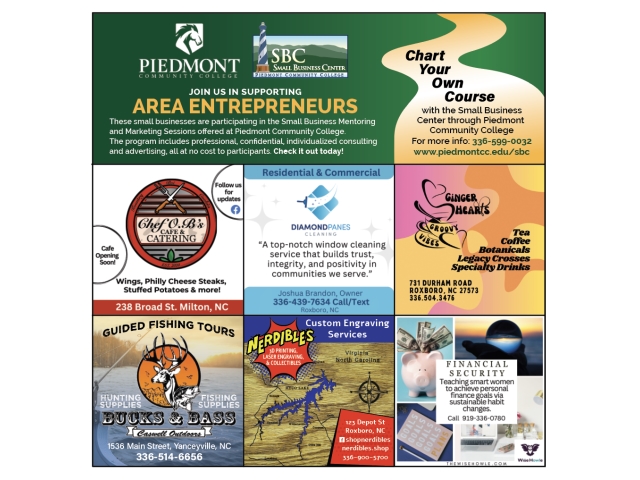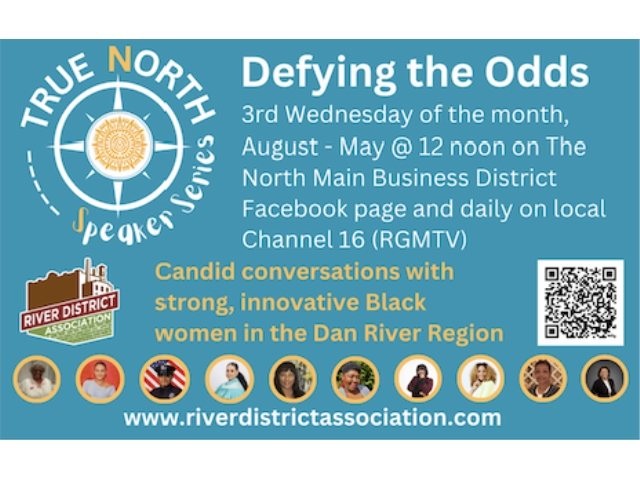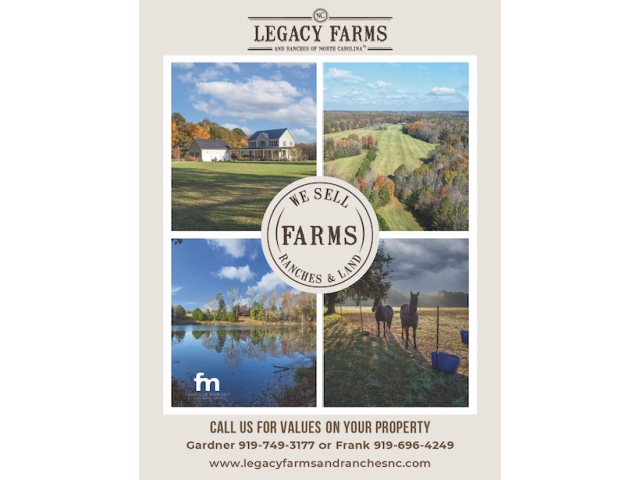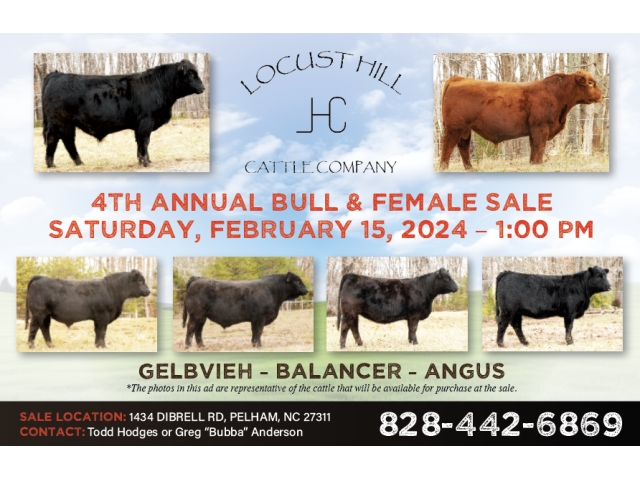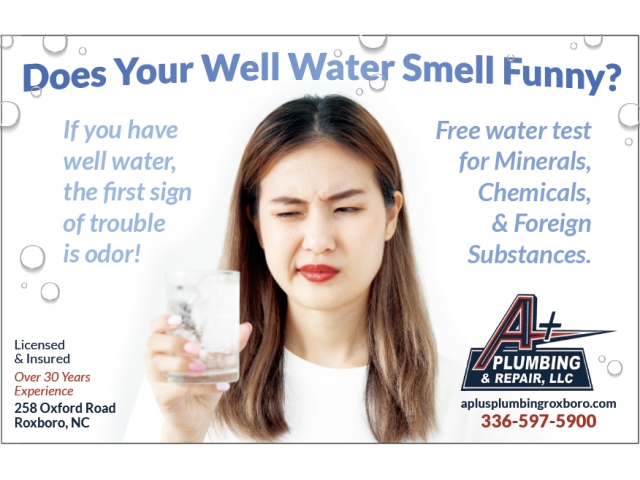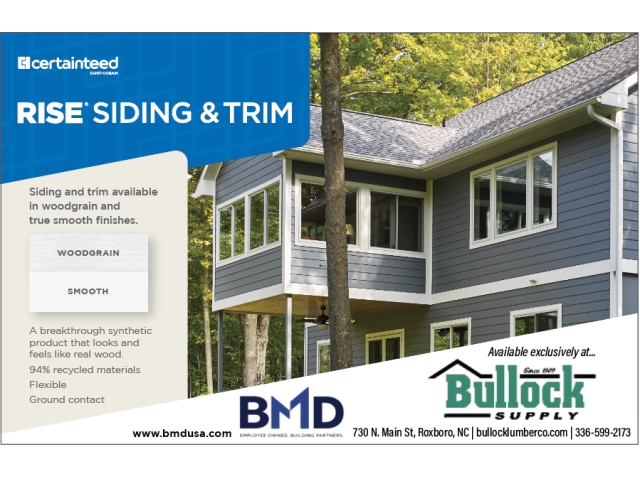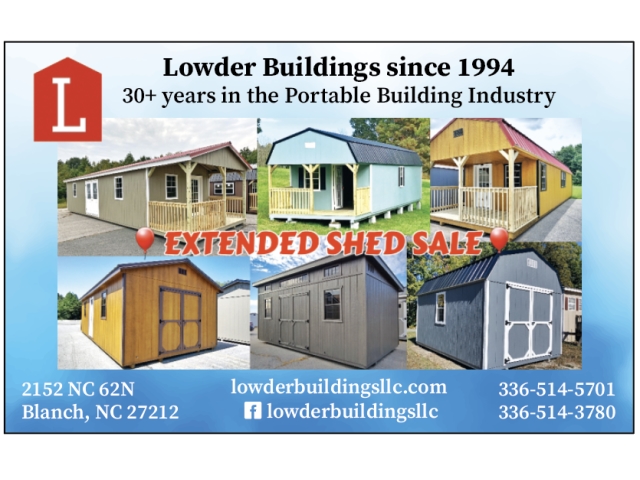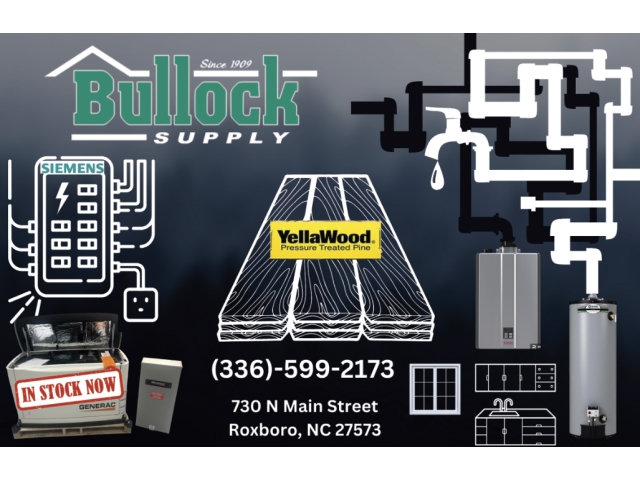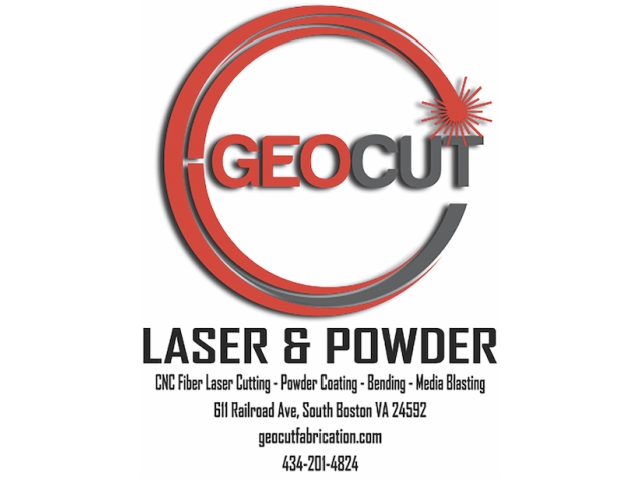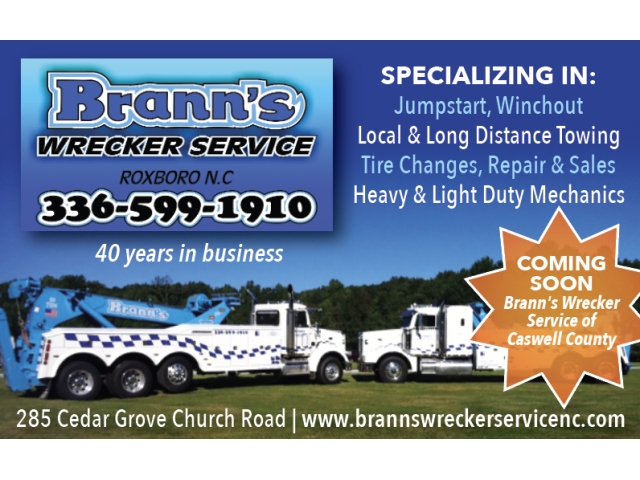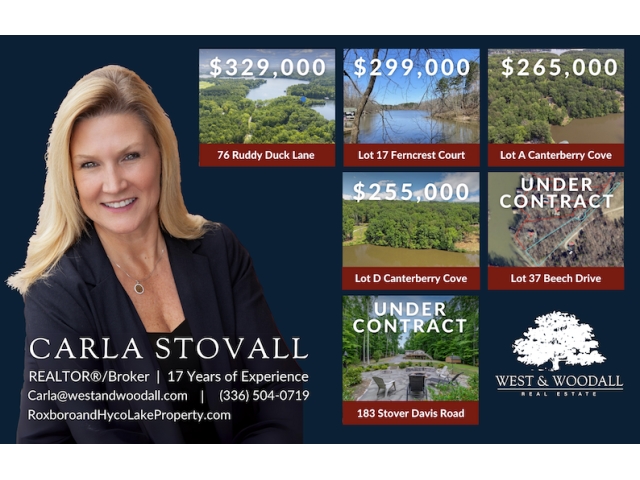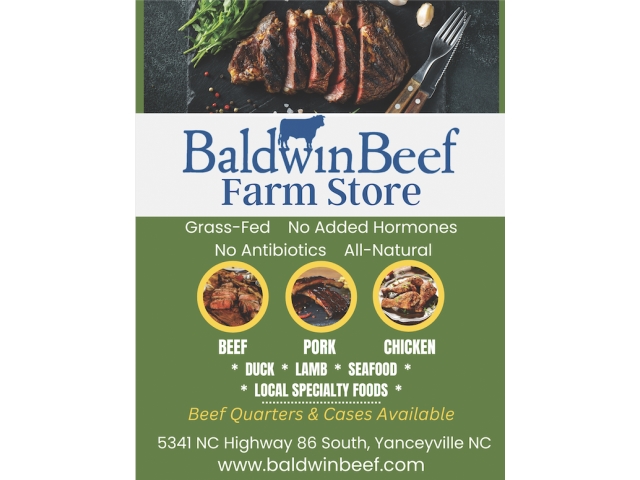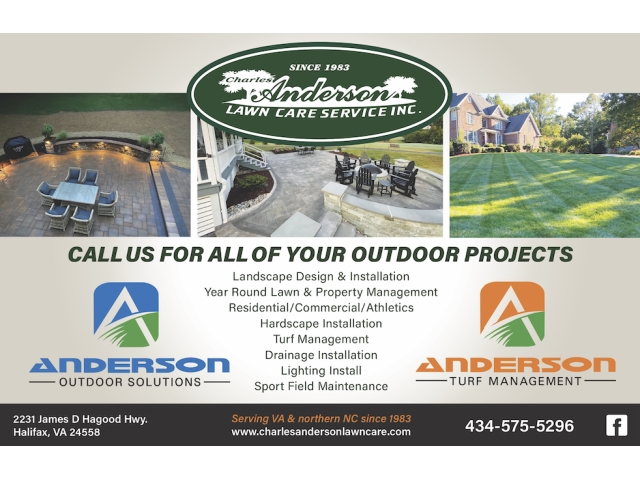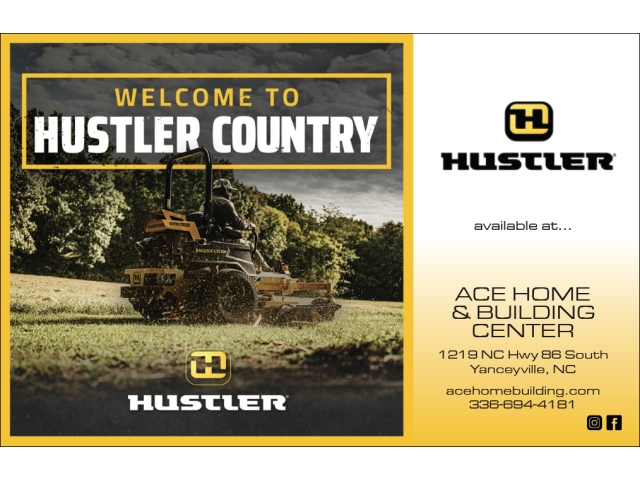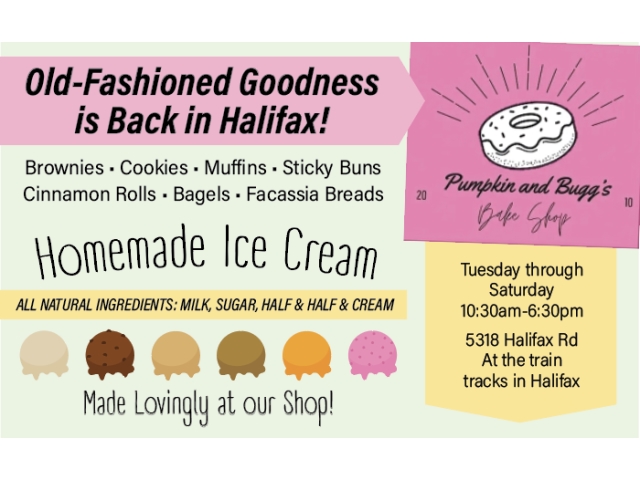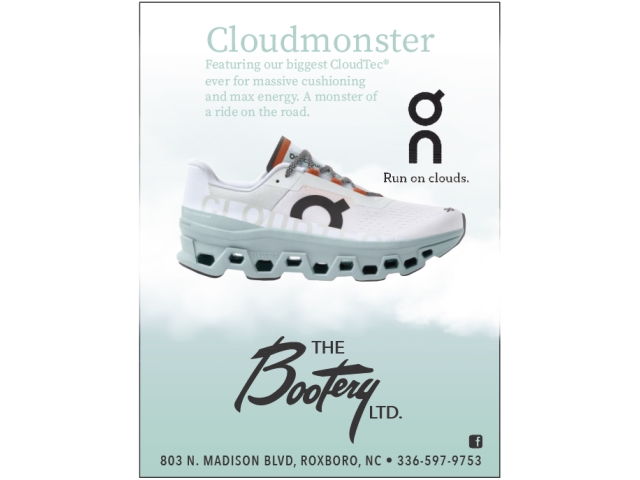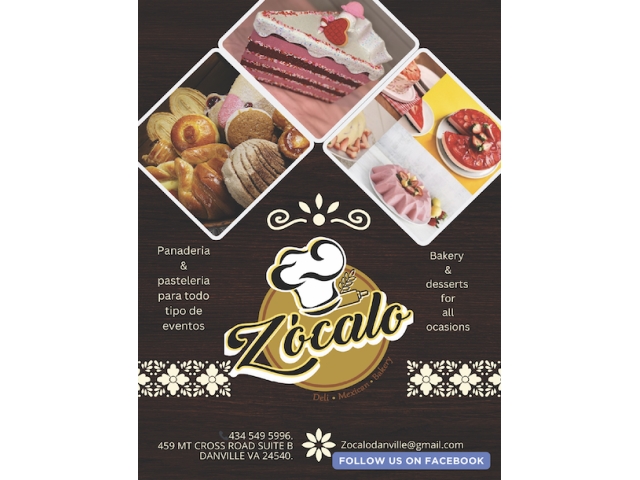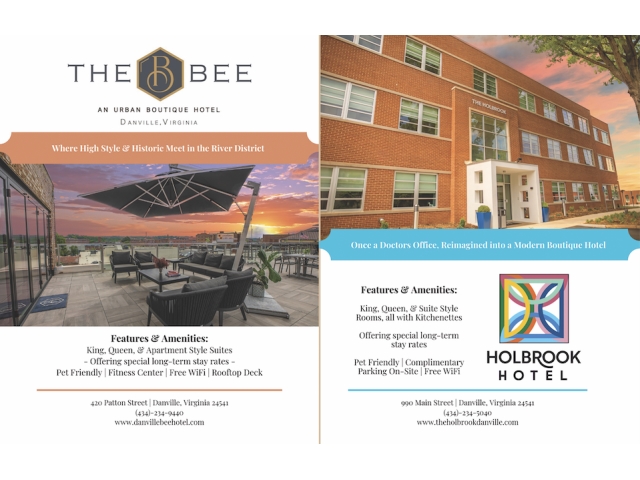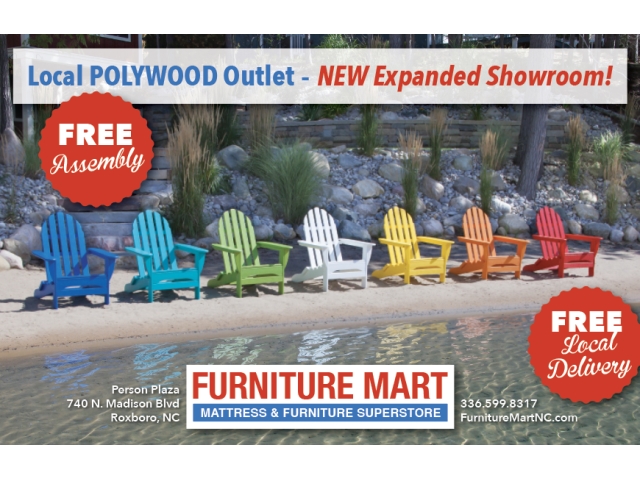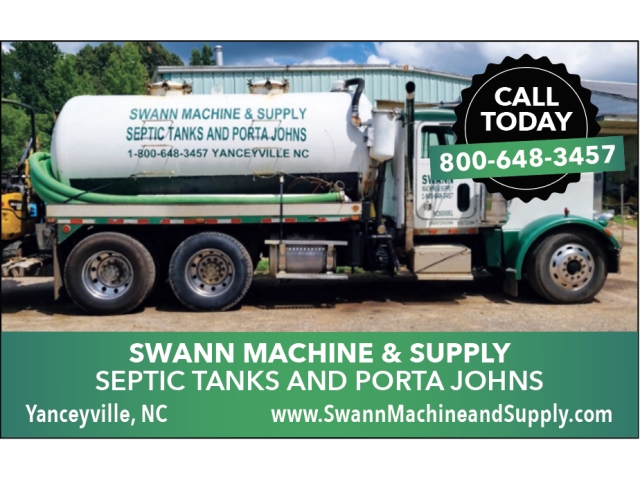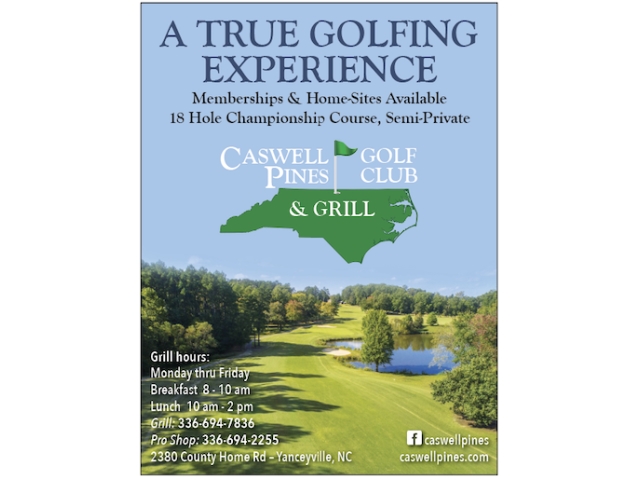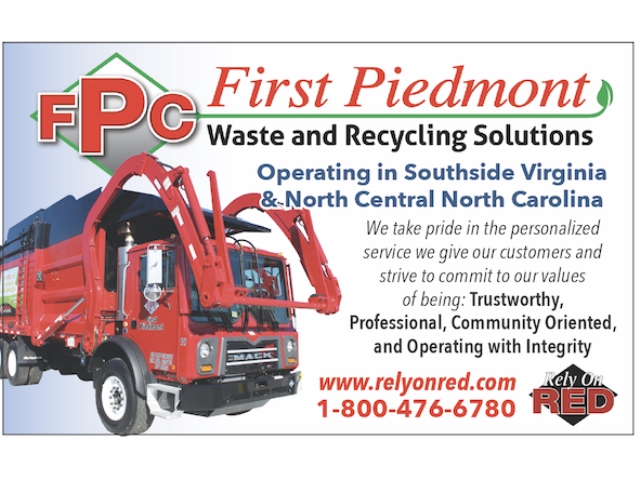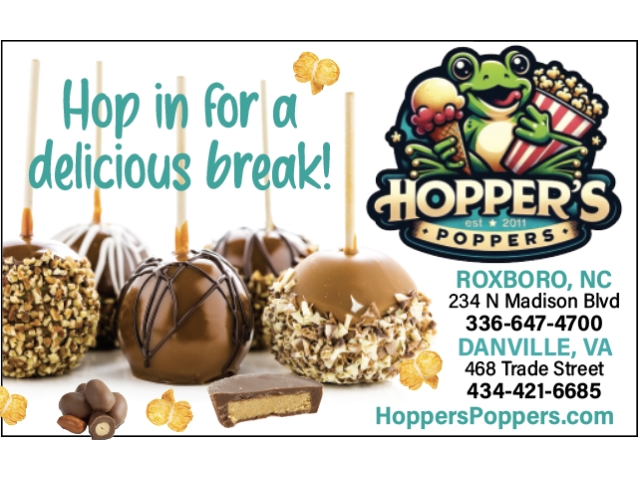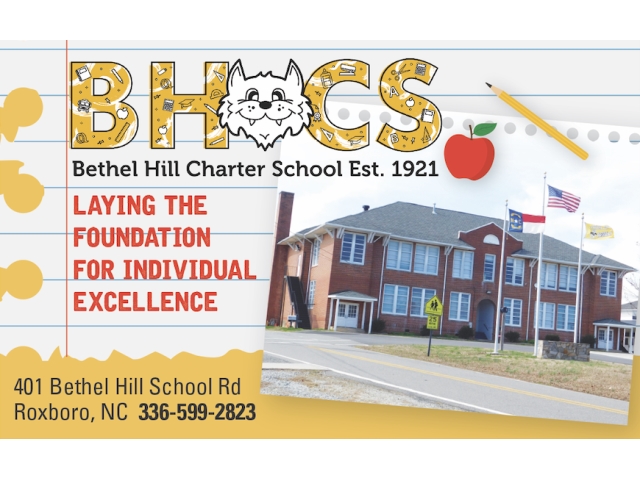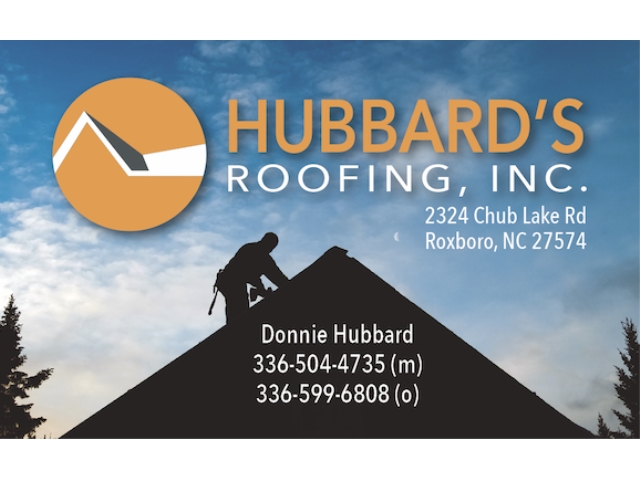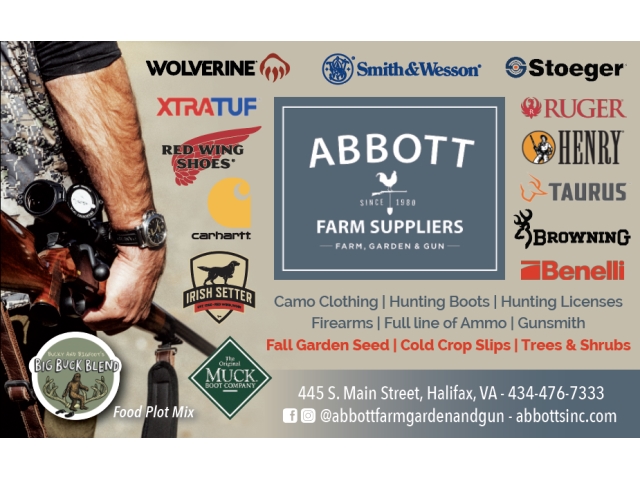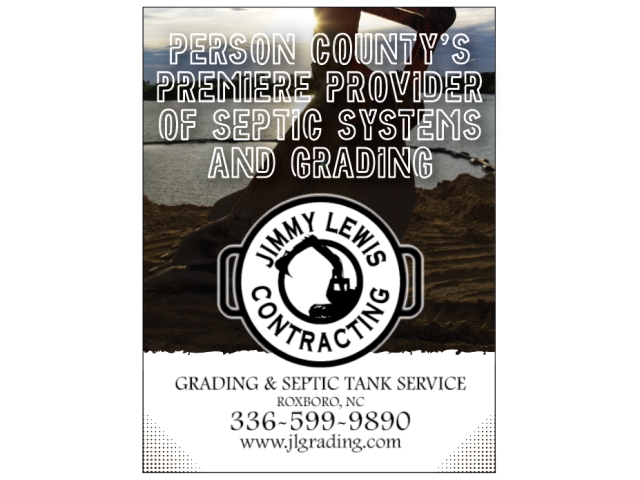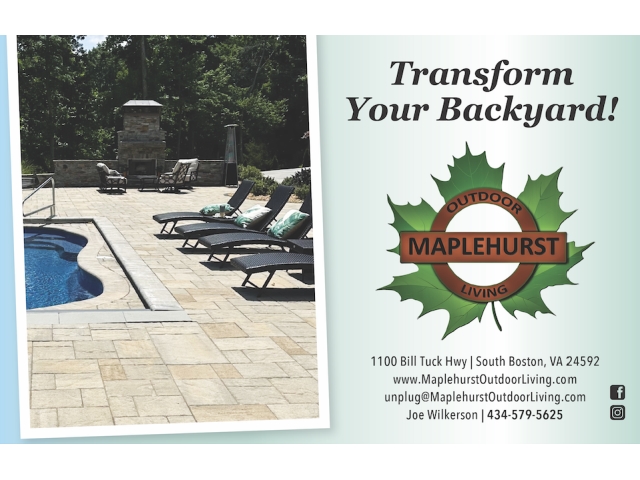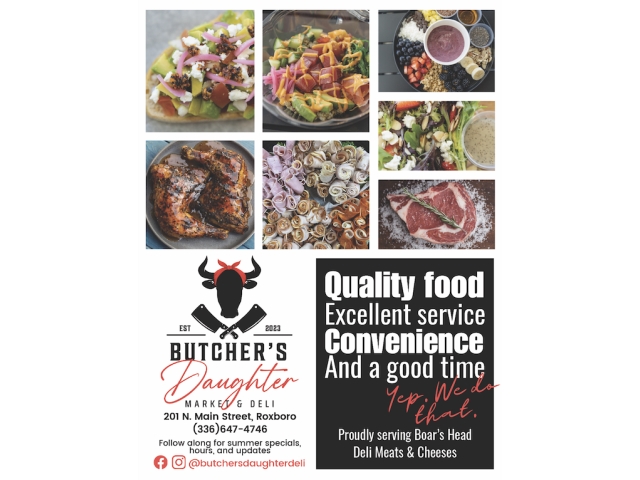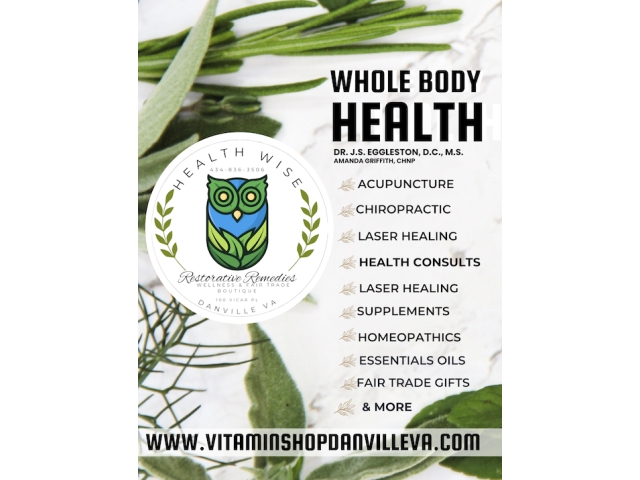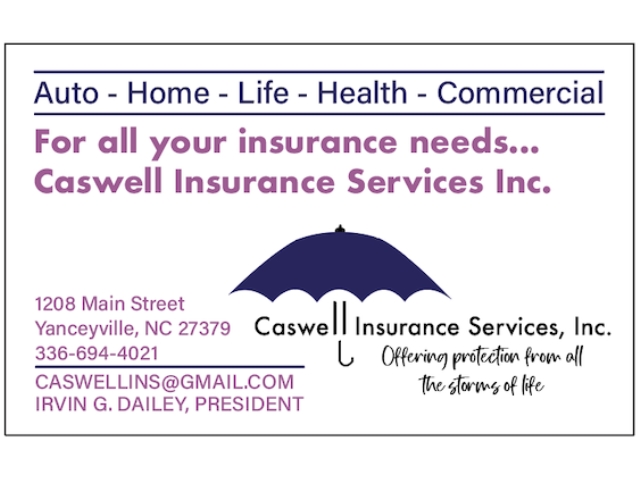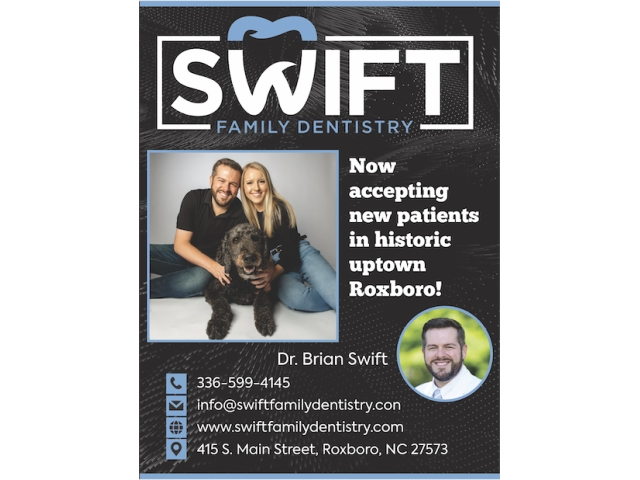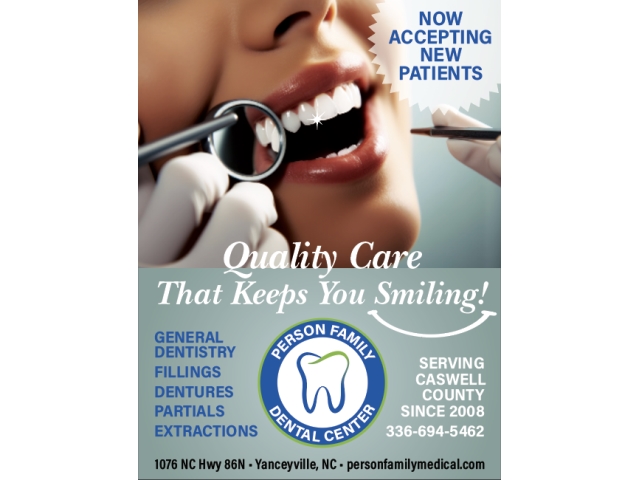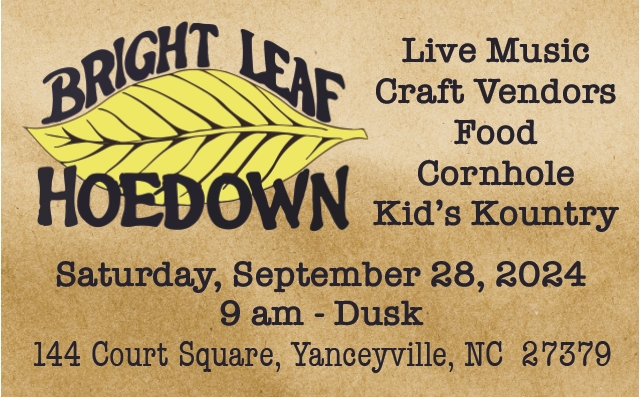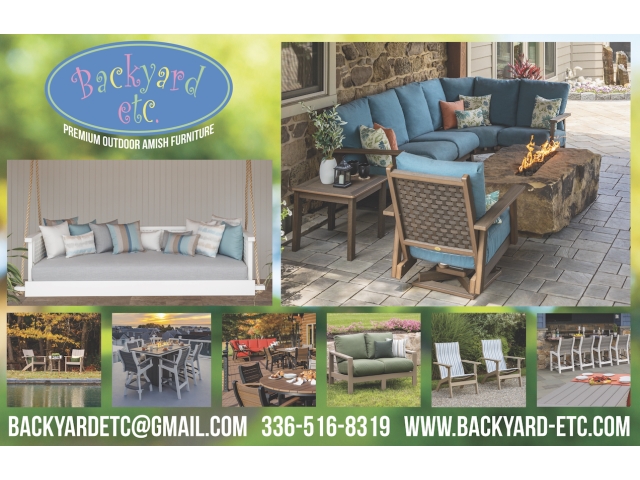
Everyone is familiar with the term “green thumb,” and at our garden center, I constantly hear people say they do not have a green thumb. However, I believe that the secret to gardening success, or having a “green thumb,” really boils down to two things: a “green brain” and a “green back.” For a beautiful lawn, the best “green brain” advice I have is to think ahead and the best “green back” advice I have is to do the prep work now for a beautiful yard next spring.
Green Brain/Green Back for a Beautiful Lawn
Having a lush, green lawn may seem like a daunting task. With consistent tending a few times a year, it doesn’t have to be. I recently read that having an attractive lawn can add 15 percent to your home’s resale value, and based on the relatively low cost of lawn care combined with fairly simple maintenance, it is one of the best investments you can make in your home.
Why Fall?
Cooler fall temperatures and less humidity make preparing your yard for lush grass a less onerous chore. My husband, Bill Abbott, ensures that we have gorgeous, dark green grass in the spring by seeding in the fall. His advice: seed, lime and fertilize in the fall then apply weed control and perhaps more fertilizer in the early spring. You can put down lime anytime but seeding the grass in the fall will help it get established with less heat and weed stress than waiting until spring. The best time is early to mid-September before the leaves fall or later after the leaves have fallen and have been gathered up. It is best not to let fallen leaves sit on newly seeded grass as it will smother the seed and it will not germinate.
Light
Grass likes sun; ask anyone who has tried to grow grass under tall shade trees. The tree canopy blocks the sunlight, and the tree roots steal much of the nutrients and water away from the grass roots. There are some grass varieties that will tolerate shade, but don’t believe what you see on television or the Internet. There is no magic grass seed for deep shade.
Soil Prep
Over time a lawn will get compacted and/or have too much thatch (dead grass that has accumulated between the blades and the top of the soil over three-fourths inch thick). Both conditions keep vital air, water and nutrients from getting to the roots. For compaction, running an aerator and/or a core plugger loosens the compaction (our garden center rents these) and for thatching, you need a dethatching rake. These help the soil structure of your yard and, combined with other structure-changing products such as Perma-Till, they can go a long way in creating a healthy environment for grass to take root and grow.
Also important is adding organic matter to your yard to boost nutrients and foster healthy microorganisms. Soil amendments such as composted cow manure, gypsum, finely ground leaves, and Black Wonder 5000 all work wonders for the long-term health of your lawn.
Lime
Lime is a critical component of getting the soil PH right. Cool-season grasses (Kentucky bluegrass, ryegrass, and fescues) prefer a slightly higher, or more alkaline PH. If the soil is too acidic, the essential nutrients such as nitrogen, phosphorus, potassium and calcium can’t be taken up into the root system.
The best way to determine if your yard needs lime is by taking a soil sample and sending it to your state agricultural extension office. The testing kits are free, (the local extension agent brings them to us so you can get them at our garden center) but you do pay a small fee to Virginia Tech or NC State University for them to test and mail you the results. It’s easy to do; just plop some dirt from your yard into the box, check a few boxes on the form, and mail it to the address noted.
This is money well spent because it saves money in the long run by helping you make purchasing decisions regarding the amount of lime needed and ensures that the PH is hospitable to your grass seed and the fertilizer can be utilized. If you have not been on a regular liming schedule, it is fairly safe to say lime will be needed as this area of Virginia tends to be naturally acidic. Without a soil test, a general recommendation for lime: New yard: one ton per acre. Established yard: 500 pounds per acre.
Grass Seed
Though television commercials would have you believe that there is almost magical grass seed available at the big box stores, most grass seed for this area is a type of tall fescue. The most popular due to reliability and price is KY 31 Fescue. There are some high-end blends of different fescues, such as ‘Class Act,’ a blend of five different turf-type tall fescues and the aforementioned ‘Creeping Red.’ Look at the tag on the bag and notice the amount of pure seed to inert matter and the germination rate and test date. Seeding rates will vary depending on whether it is a new lawn or being overseeded. New yard: 150-200 pounds per acre. Reseeding: 50 pounds per acre.
Fertilizer
Fertilizer provides nutrients to the lawn. Nitrogen, phosphorus and potassium (N, P, K) are the three nutrients found in most synthetic fertilizers, but magnesium, calcium and sulfur are considered essential as well. Micronutrients are also beneficial. They help the grass grow, keep it green and aid in strong root development. Many fertilizer combinations are recommended for lawns. Examples include 16-4-8 and 10-10-10.
Just as with lime recommendations, a soil test can pinpoint what type and how much fertilizer is needed, saving time and money. Without a soil test, a general recommendation per acre: New lawn: 300 pounds per acre. Established lawn: 300 pounds per acre.
For some folks, caring for their lawn is a hobby; for others it is considered more of a chore. Either way, you can get an excellent head start if, instead of relying on a “green thumb” in the spring, you tap into your “green brain” and “green back” for a rewarding lawn next spring. And, don’t forget to plant those trees and shrubs in the fall! Hop online at https://hycolakemagazine.com/trees-and-shrubs to get the scoop on why fall is your best friend for planting trees and shrubs.
The Virginia Department of Conservation and Recreation has an excellent publication to reference for in-depth information on year-round yard care.
PO Box 134
445 S. Main Street
Halifax, VA 24558
(434) 476-7333
www.AbbottsInc.com
[email protected]
Follow us on Facebook and Instagram for advice and how to’s and Happy Fall Y’all!![]()
![]()
![]()
